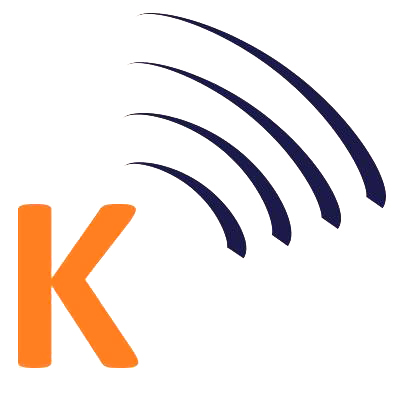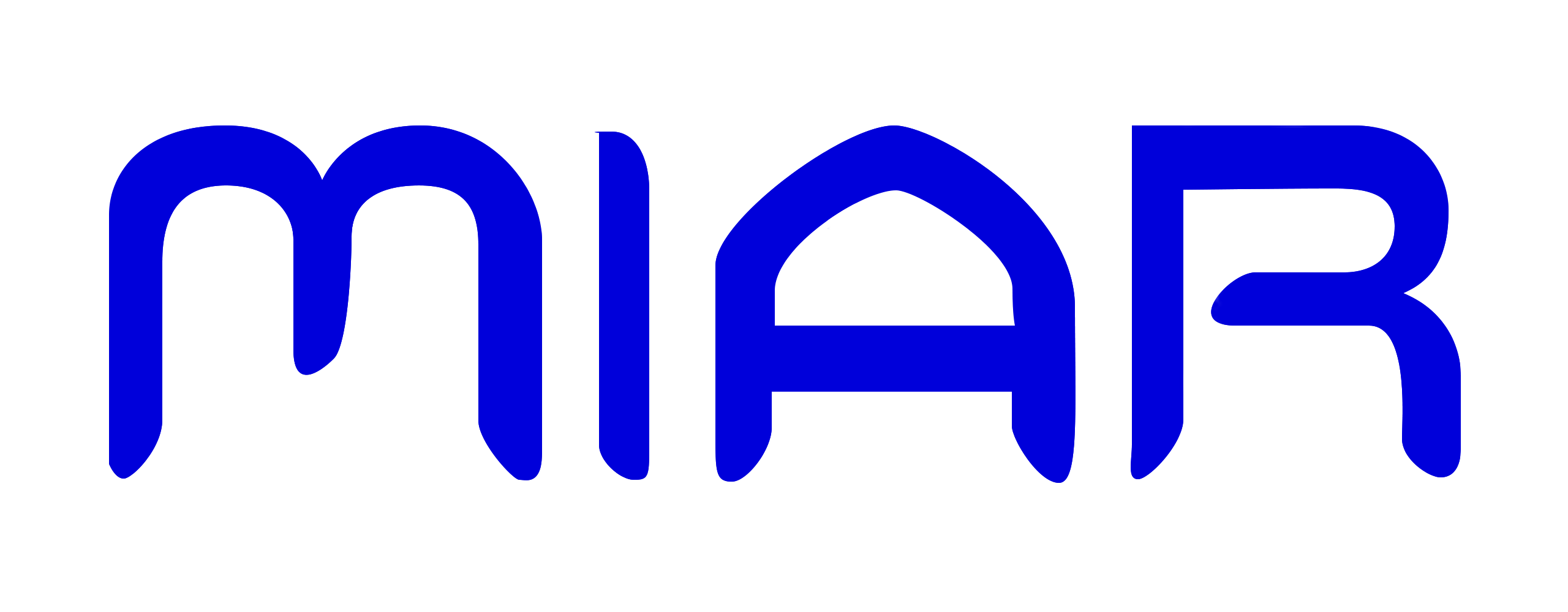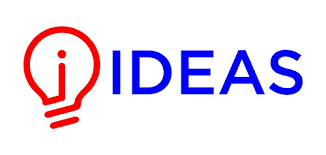Article | Open Access | Published: 12 January 2024
From Discrimination to Demotivation: Analyzing the Linkages between Gender Disparity, Harassment, and Employee Motivation
| Views: | 253 | | | Downloads: | 690 |
Abstract:
Gender discrimination and harassing behaviour have evolved as the complex phenomena in today’s multicultural diverse organizations. This gender based inequality affects employees’ motivation and is a heavy cost to the organization in the form of higher turnover ratio, less productivity and profitability. The purpose of this study is to analyze the relationship and effect among gender disparity, harassing behavior and employee motivation & enthusiasm. This study checks the applicability of the organizational justice theory and Adam’s equity theory. Using quantitative research approach, cross-sectional method and convenience sampling, data was collected from 385 workers comprising white collar and blue-collar ones working in various sectors in all provinces of Pakistan. The data were analyzed using PLS-SEM technique in SMART PLS. The findings of this study indicate that both the factors i.e., gender disparity and harassing behaviour decrease employee motivation and enthusiasm in the workplace. Moreover, the findings depict a picture of the impact of discrimination and harassing behaviour on employees’ motivation & enthusiasm in the form of cost and loss to the organization’s productivity. The study’s findings would support the government, policymakers, and business owners in devising the policies to make a conducive workplace environment free from discrimination and any kind of harassment so that the employees may work diligently for the benefit of their organization.
Keywords:
Gender disparity, harassing behavior, employee motivation, workplace environment
Publisher:
ILMA UNIVERSITY
Published:
12 January 2024
E-ISSN:
2409-6520
P-ISSN:
2414-8393
This is an open access article distributed under the terms of the Creative Commons Attribution CC BY 4.0 license, which permits any use, distribution, and reproduction of the work without further permission provided the original author(s) and source are credited.














